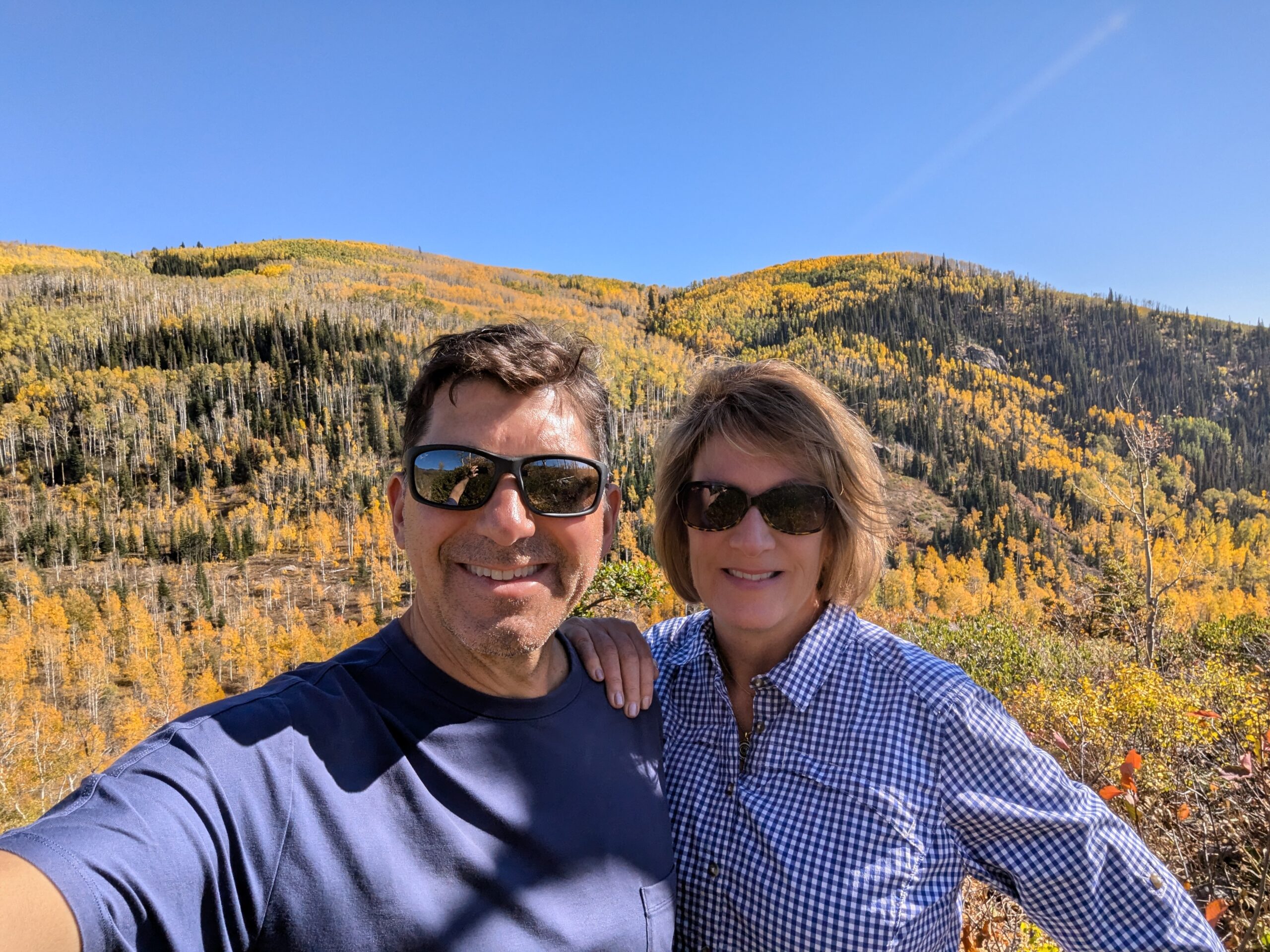Boo!
As the market raged high and low, so did Karen and I this week, from high in the Rockies where we saw John Denver’s fire in the sky over the Gore Range, down to Scottsdale and the Arizona desert’s 80-degree Oct 30 sunset over the Phoenician (a respite as my birthday is…wait for it…Oct 31).
Markets rise and fall. We’re overdue for setbacks. It doesn’t mean we’ll have them, but it’s vital that we understand market mechanics behind gyrations. Sure, there’s human nature. Fear and greed. But whose fear or greed?
Regulators and exchanges are tussling over fees on data and trades. There’s a proposed SEC study that’ll examine transaction fees, costs imposed by exchanges for trading. Regulation National Market System caps them at $0.30/100 shares, or a third of a penny per share, which traders call “30 mils.”
The NYSE has proposed lowering the cap to $0.10/100, or a tenth of a penny per share, or 10 mils. Did you know there’s a booming market where brokers routinely pay eight cents per share or $8.00/100 shares?
What market? Exchange-Traded Funds (ETFs).
We’re told that one day the market is plunging on trade fears, poor earnings, geopolitics, whatever. And the next, it surges 430 points on…the reversal of fears. If you find these explanations irrational, you’re not alone, and you have reason for skepticism.
There’s a better explanation.
Let’s tie fees and market volatility together. At right is an image from the iShares Core MSCI EA FE ETF (CBOE:IEFA) prospectus showing the size of a standard creation Unit and the cost to brokers for creating one. Divide the standard Unit of 200,000 shares by the usual cost to create one Unit, $15,000, and it’s $0.08/share (rounded up). Mathematically, that’s 2,600% higher than the Reg NMS fee cap.
FE ETF (CBOE:IEFA) prospectus showing the size of a standard creation Unit and the cost to brokers for creating one. Divide the standard Unit of 200,000 shares by the usual cost to create one Unit, $15,000, and it’s $0.08/share (rounded up). Mathematically, that’s 2,600% higher than the Reg NMS fee cap.
Understand: brokers provide collateral – in this case $12.5 million of stocks, cash, or a combination – for the right to create 200,000 ETF shares to sell to the public.
Why are brokers willing to pay $8.00/100 to create ETF shares when they rail at paying $0.30/100 – or a lot less – in the stock market?
Because ETF shares are created in massive blocks off-market without competition. Picture buying a giant roll of paper privately, turning it into confetti via a shredder, and selling each scrap for a proportionate penny more than you paid for the whole roll.
The average trade-size for brokers creating IEFA shares is 200,000 shares. The average trade-size in the stock market where you and I buy IEFA or any other stock is 167 shares (50-day average, ModernIR data). Do the math on that ratio.
ETF market-makers are pursuing a realtime, high-speed version of the corporate-raider model. Buy something big and split it into pieces worth more than the sum of the parts.
In a rising market, it’s awesome. These creations in 200,000-share blocks I’ve just described are running at nearly $400 billion every MONTH. Create in blocks, shred, mark up. ETF demand drives up all stocks. Everybody wins.
What happens in a DOWN market?
Big brokers are exchanging your stocks, public companies, as collateral for the right to create and sell ETF shares. Suppose nobody shows up to buy ETF shares. What brokers swapped to create ETF shares is suddenly worth less, not more, than the shredded value of the sum of the parts. So to speak.
Without ETF flows to drive up it up, the collateral – shares of stocks – plunges in value.
The market devolves into desperate tactical trading warfare to offset losses. Brokers dump other securities, short stocks, buy hedges. Stocks gyrate, and the blame goes to trade, Trump, earnings, pick your poison.
How do I know what I’ve described is correct? Follow the money. The leviathan in the US equity market today is creating and redeeming ETF shares. It’s hundreds of billions of dollars monthly, versus smatterings of actual fund-flows. You don’t see it because it’s not counted as fund turnover.
But it fits once you grasp the weird way the market’s last big block market is fostering volatility.
What’s ahead? If losses have been sorted, we’ll settle down in this transition from Halloween to November. Our data are still scary. We may have more ghouls to flush out.





